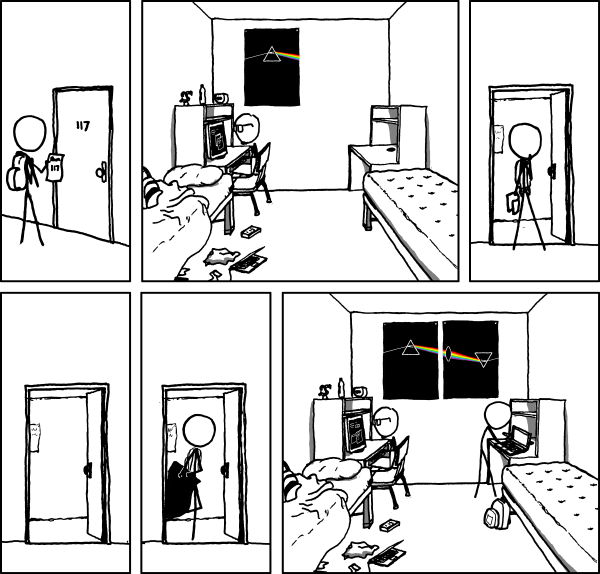D
Deleted member 50194
Guest
hello, so i was seeing all the stuff about rgb lasers using pbs cubes and dichros, but i was thinking why cant you just use a plain old prism?
as in you know how white light will split into the reds, yellows, greens, blues and violets and they all exit the prism at an angle depending on the wavelength
cant you just calculate the angles of the wavelengths and shoot the lasers at the spots on the prism at the angles and get a combined beam?
the picture below describes what i mean

if this doesnt work, why not? im kinda curious because i havent heard of anyone using this so i assume theres a reason. teach me o wise ones
edit: sorry if the picture doesnt work i keep forgetting how to format these things
as in you know how white light will split into the reds, yellows, greens, blues and violets and they all exit the prism at an angle depending on the wavelength
cant you just calculate the angles of the wavelengths and shoot the lasers at the spots on the prism at the angles and get a combined beam?
the picture below describes what i mean

if this doesnt work, why not? im kinda curious because i havent heard of anyone using this so i assume theres a reason. teach me o wise ones
edit: sorry if the picture doesnt work i keep forgetting how to format these things
Last edited by a moderator:








